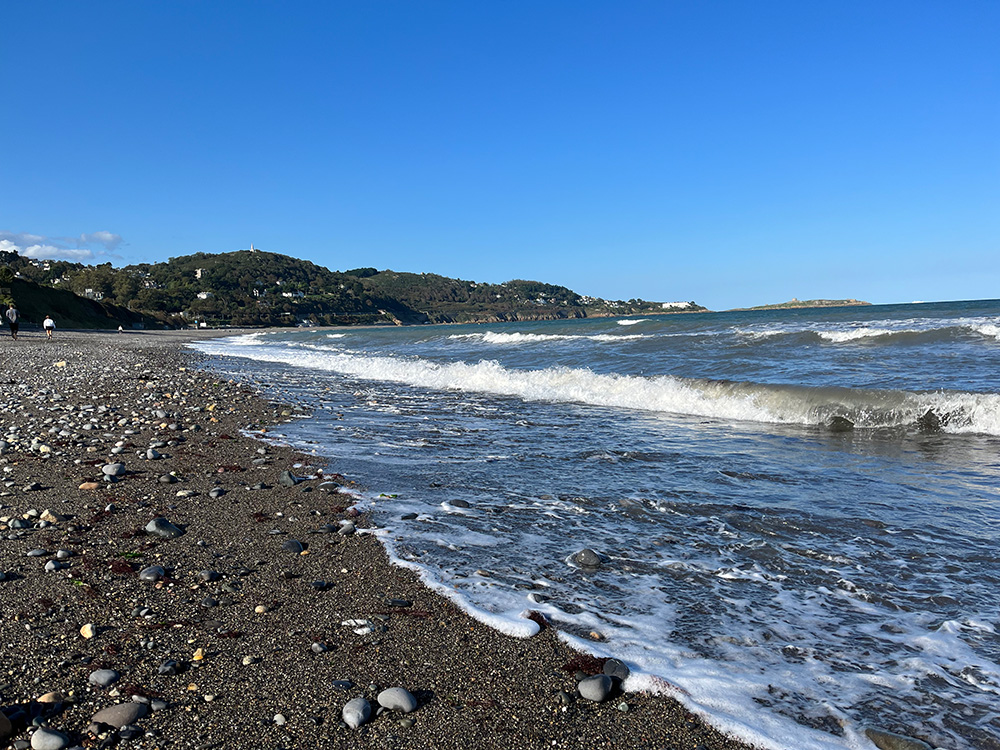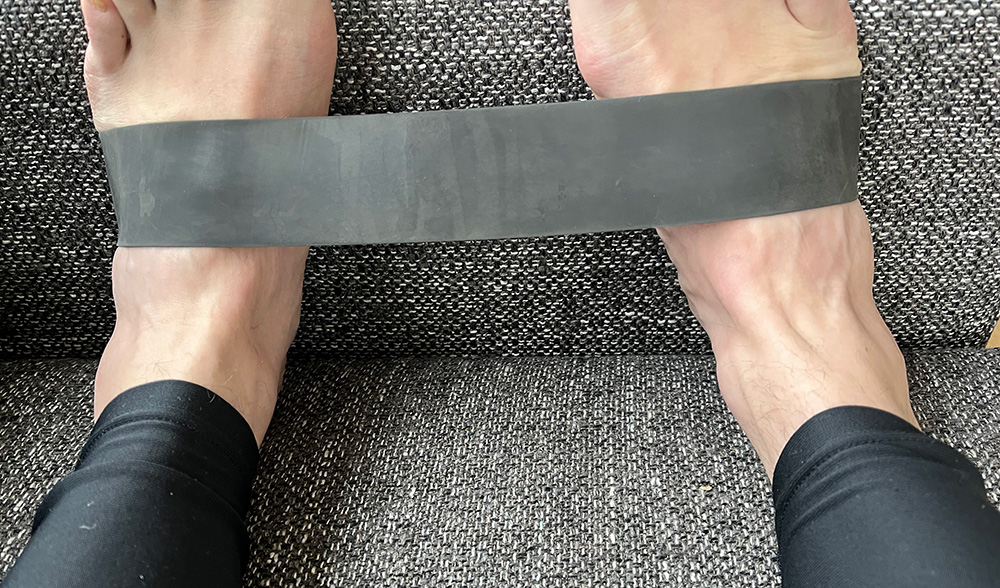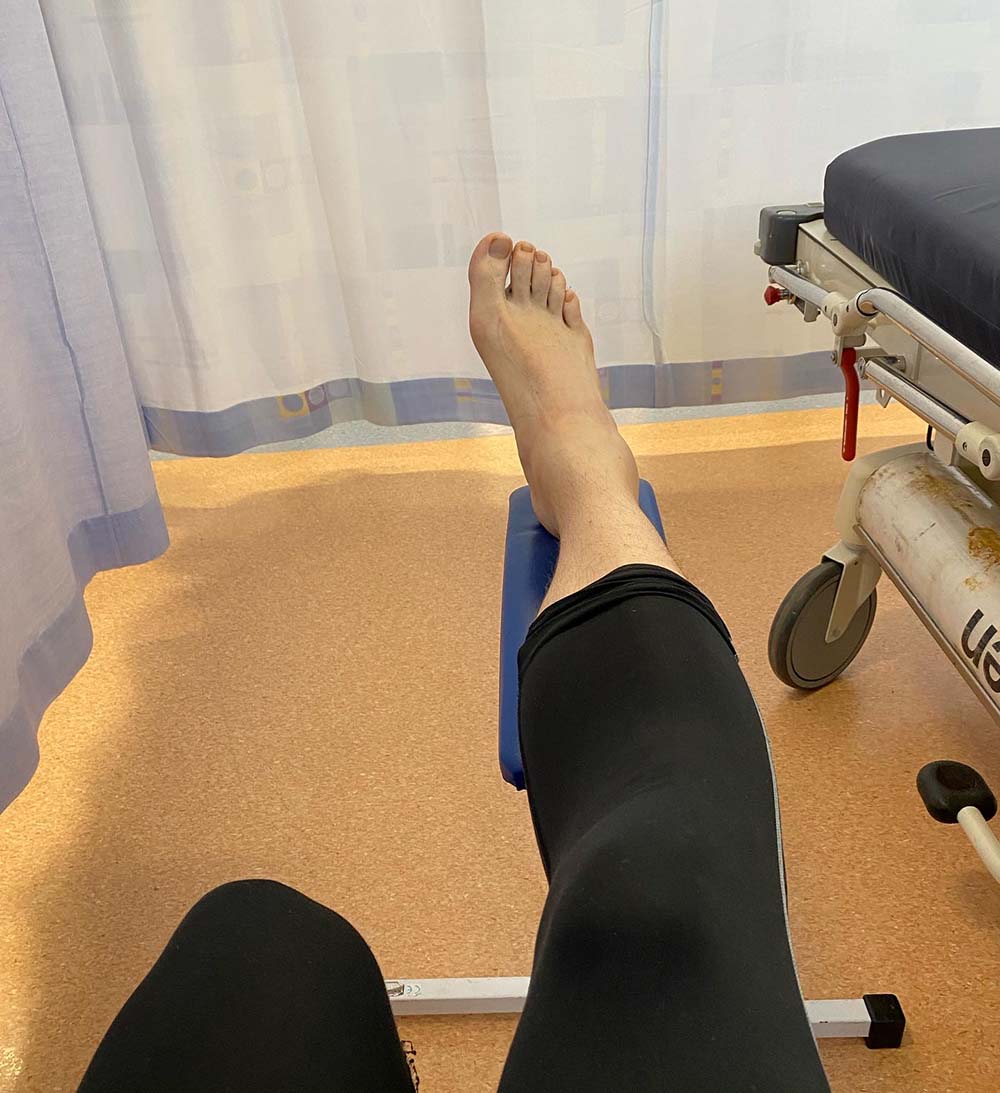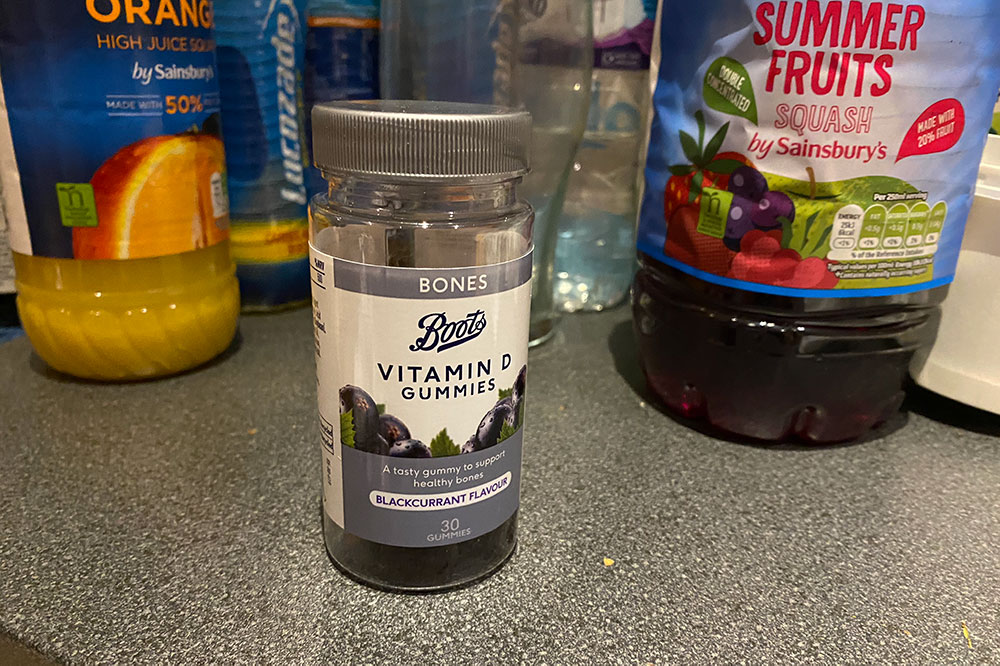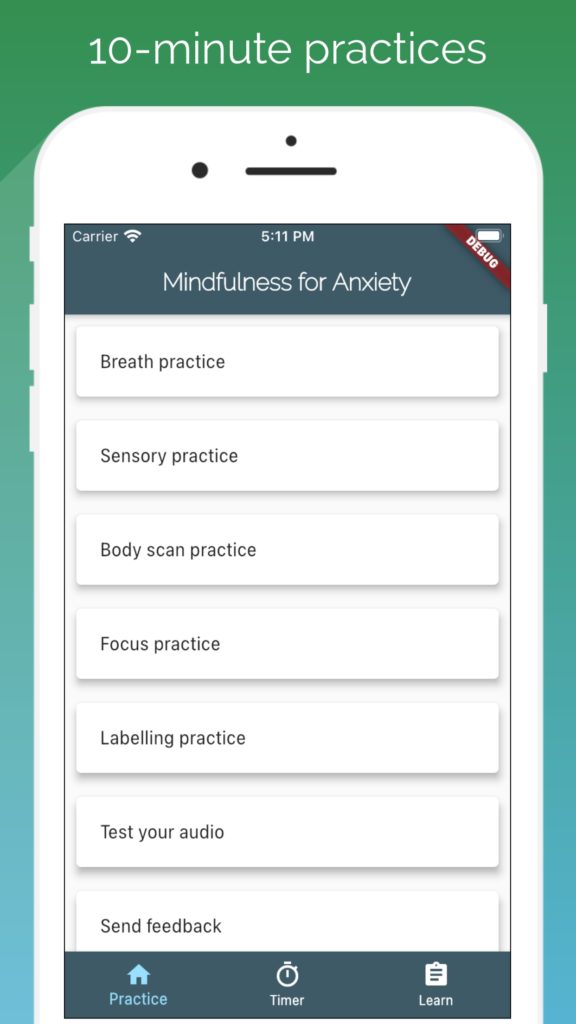Movement streak anniversary
Monday, April 21st, 2025 | Health & Wellbeing
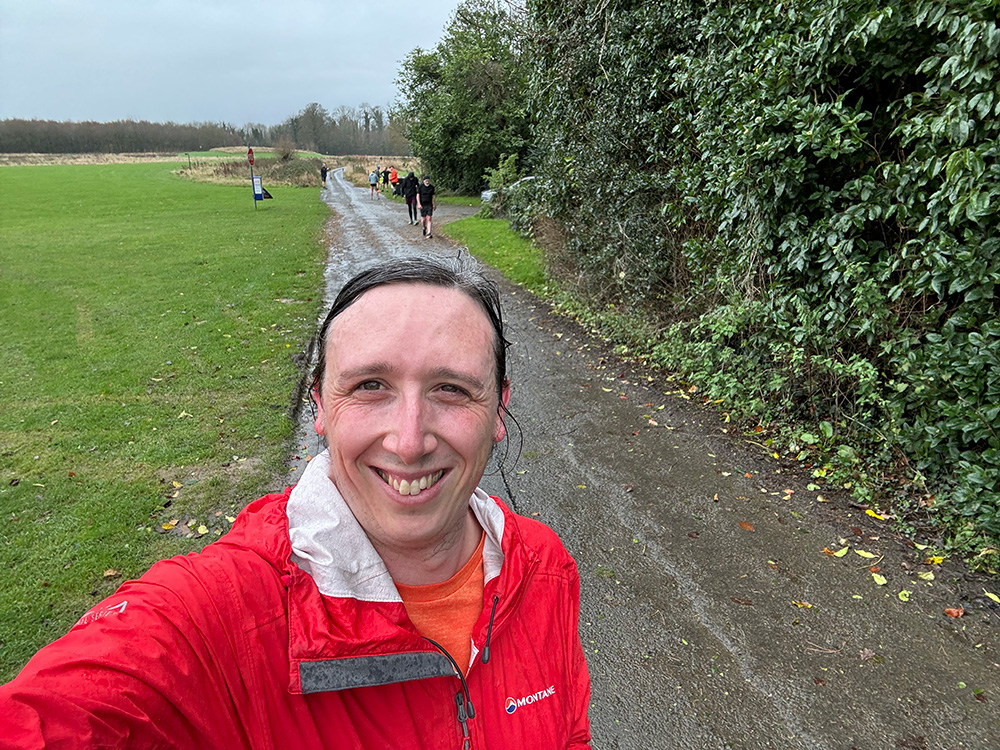
Last weekend I reached the anniversary of my movement streak. It’s like a run streak but a bit easier. Walking definitely counts and it is only a kilometre, as long as it is done intentionally.
Now that I have reached a year, I am going to stop.
I’m glad I tried it but I don’t want to keep it going. It became very monotonous. I would work out where I could crowbar it into my day and it wasn’t necessarily quality time. What has helped me get out more is counting my calories, and more recently, a step challenge. Both of these things have encouraged me to get out of the door for longer periods. Whereas with this, I would often just do the minimum. And in heavy rain, it was just unpleasant. So it’s time to move onto the next challenge.

Last weekend I reached the anniversary of my movement streak. It’s like a run streak but a bit easier. Walking definitely counts and it is only a kilometre, as long as it is done intentionally.
Now that I have reached a year, I am going to stop.
I’m glad I tried it but I don’t want to keep it going. It became very monotonous. I would work out where I could crowbar it into my day and it wasn’t necessarily quality time. What has helped me get out more is counting my calories, and more recently, a step challenge. Both of these things have encouraged me to get out of the door for longer periods. Whereas with this, I would often just do the minimum. And in heavy rain, it was just unpleasant. So it’s time to move onto the next challenge.


